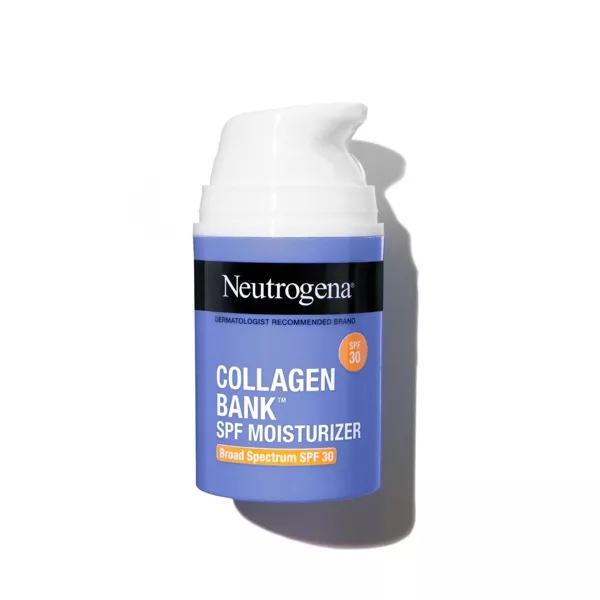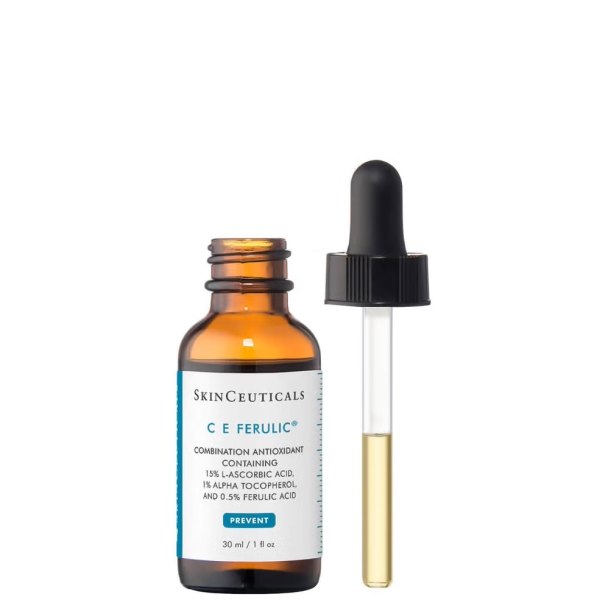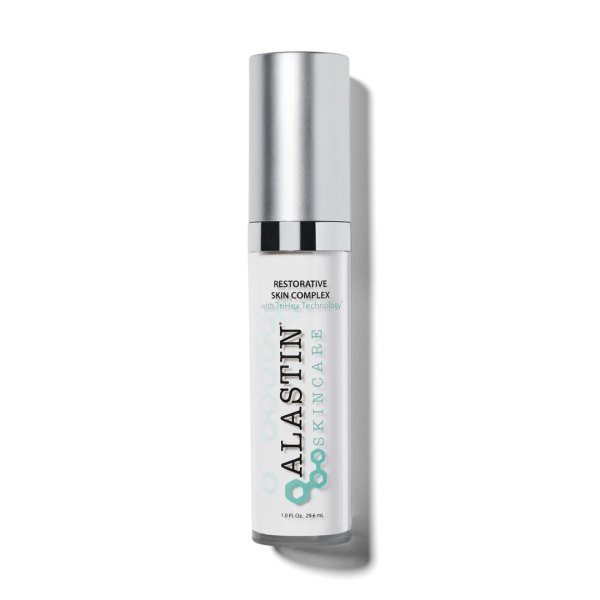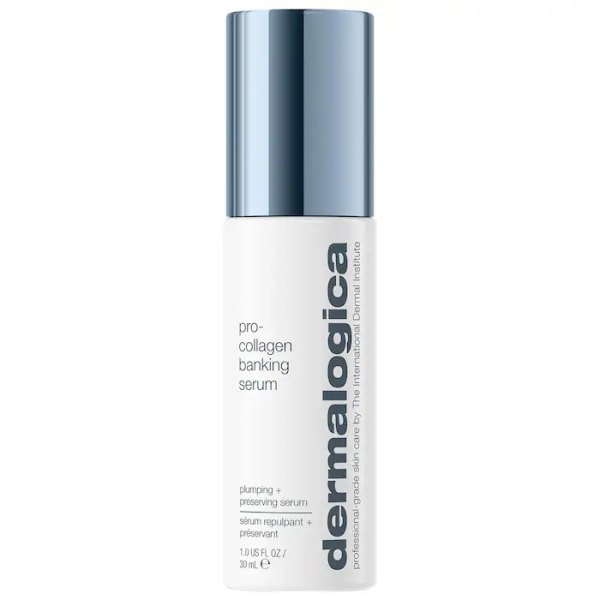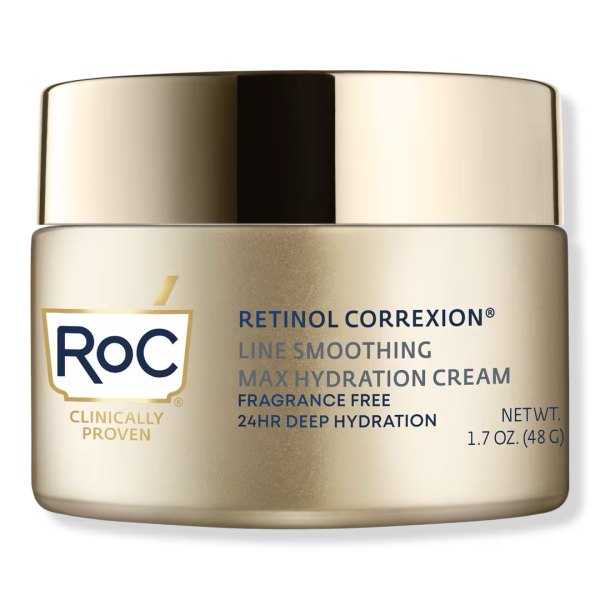It’s no secret that collagen is essential to our skin as it’s responsible for a wide range of functions from skin elasticity to smoothness and hydration. It’s a natural protein our bodies produce—however, we unfortunately don’t have an infinite supply of collagen. Luckily, there are many skincare products, as well as collagen supplements and powders, on the market that can help us boost our collagen levels. Even more, there’s collagen banking, a technique that helps maintain the protein over time. And it’s one of the most talked about skincare trends at the moment—and dermatologists are backing it up. Keep reading for exactly what collagen banking is, the benefits of doing so and how to try it out yourself.
What is collagen banking?
“Collagen banking is a preventative skincare approach that focuses on supporting and protecting your skin’s natural collagen production starting in your 20s and early 30s, before significant collagen loss begins,” explains Pooja Rambhia, MD, a board-certified dermatologist. As its name suggests, collagen banking refers to the technique of “banking” or “storing” your collagen, with hopes of extending its lifetime.
Dhaval G. Bhanusali, MD, FAAD, a board-certified dermatologist and Neutrogena Global Innovation Partner explains that with collagen banking, “The idea is to build collagen early and maintain it over time rather than addressing it when it is too late. It encourages healthy skin habits early and being proactive instead of reactive.”
This term has become especially buzzy lately as it’s showing up on TikTok and other social media platforms more than ever. Much of this is due to an increasing spotlight on how to slow down signs of aging. “The term ‘collagen banking’ gained significant traction on social media and in beauty marketing around 2020-2021, though the concept of preventative skincare has existed much longer,” notes Dr. Rambhia. “The phrase particularly resonated during the pandemic period when many people became more focused on long-term skincare and preventative beauty approaches.”
Why you should try collagen banking
The great thing about collagen banking is that it’s a great practice for just about everyone. It will only help your skin in the long run, and there are little to no risks when it comes to this skincare technique.
Starting in our mid-20s, Dr. Rambhia says we lose about 1% of our natural collagen each year. Again, this loss of collagen is a major reason why we develop fine lines, wrinkles, a loss of elasticity and more. By practicing collagen banking, you can preserve your collagen to prevent these signs of aging, which Dr. Rambhia says is easier than rebuilding collagen once it’s lost.
While the best age to start collagen banking is in your 20s and 30s (since as mentioned, this is when we start losing our collagen), you can still—and should—collagen bank in your 40s, 50s and beyond.
How women 40 and older benefit from the skincare trend

“For women over 40, collagen banking becomes especially crucial because natural collagen production has already significantly declined by this age. After 30, we lose about 1-2% of our collagen annually, and this process accelerates during menopause due to decreased estrogen levels, which plays a vital role in collagen production,” explains Dr. Rambhia.
If you’re over 40, Dr. Rambhia recommends trying a “comprehensive approach” that focuses on collagen banking to slow down collagen loss of your existing collagen as well as rebuild new collagen. “Starting collagen banking strategies at this stage can help slow down collagen breakdown, support new collagen production (even if at a reduced rate), maintain skin firmness and elasticity, minimize fine lines and wrinkles, support skin’s structural integrity, maintain hydration and preserve skin thickness,” she says. “This becomes particularly important during perimenopause and menopause when hormonal changes can accelerate skin aging, making it crucial to maintain current collagen levels and support the skin’s ability to produce what it can.”
How to collagen bank
The best way to collagen bank is by using skin care products, devices and tools that promote the production of collagen and slow down collagen loss. “With collagen banking, you are using ingredients that stimulate the formation of collagen which helps reinforce the infrastructure of the skin,” affirms Dr. Bhanusali.
Dr. Rambhia tells us that collagen banking “Emphasizes early intervention through consistent practices like daily sunscreen use, introduction of retinoids, regular use of peptides and antioxidants and collagen-stimulating tightening treatments like radiofrequency microneedling, Sofwave, Ultherapy, Thermage, etc.”
One of Dr. Bhanusali’s favorite ingredients/products to use for collagen banking is retinol, which many already use in their daily skincare routine. Retinol is proven to stimulate collagen production, as well as firm skin, smooth wrinkles and more. It’s a superhero ingredient for those in their 20s to those in their 60s and beyond.
Dr. Rambhia also is a fan of retinol for collagen banking, as well as prescription tretinoin, peptides, vitamin C and SPF. However, she recommends a multi-faceted approach when it comes to comprehensive collagen banking that includes a mix of in-office treatments and at-home treatments in addition to your everyday skincare routine.
“The most effective in-office procedures include Ultherapy, which uses micro-focused ultrasound to stimulate deep collagen production for skin tightening and lifting; Sofwave, a newer ultrasound technology particularly effective for fine lines and tissue remodeling; and radiofrequency treatments like Thermage,” suggests Dr. Rambhia. “Beyond this, I also recommend incorporating resurfacing lasers into my treatment algorithm as they work to stimulate collagen in the skin more superficially and can help improve overall skin quality.”

